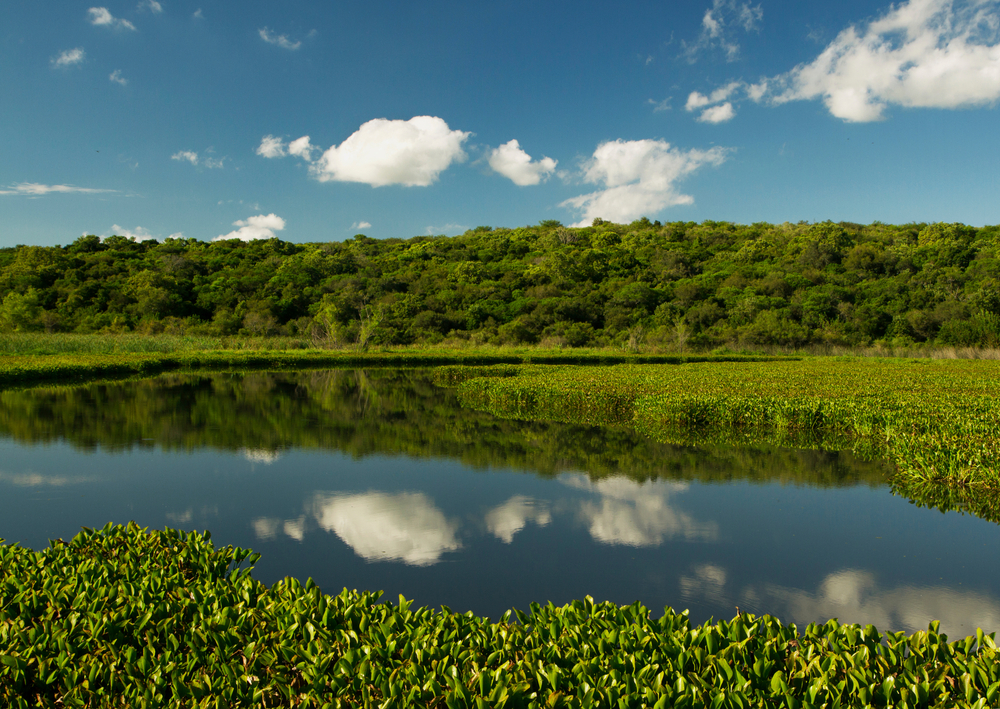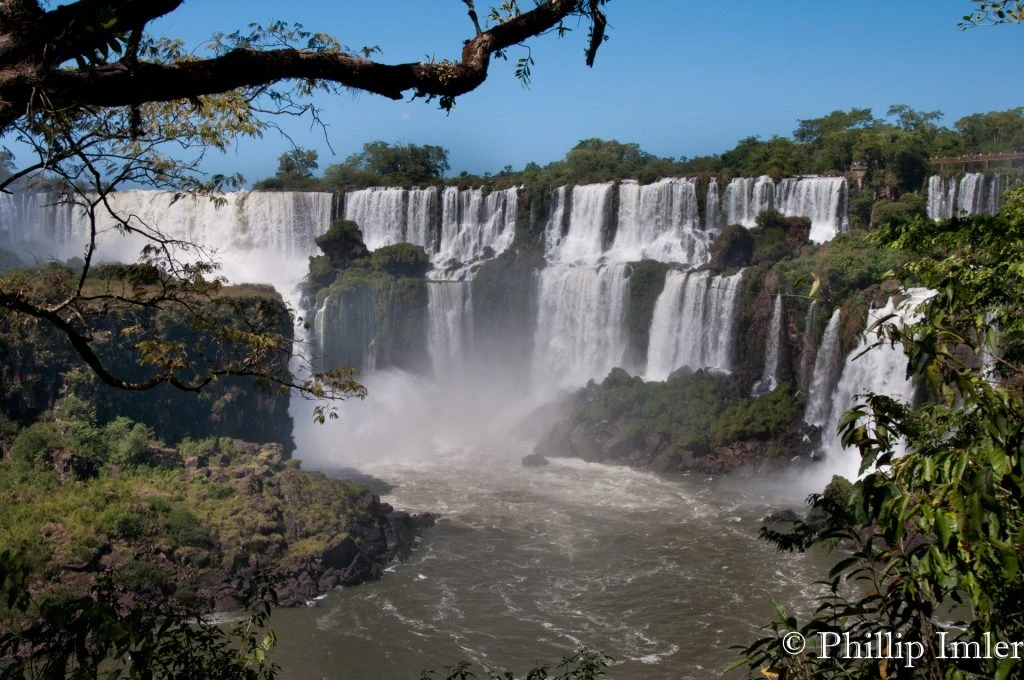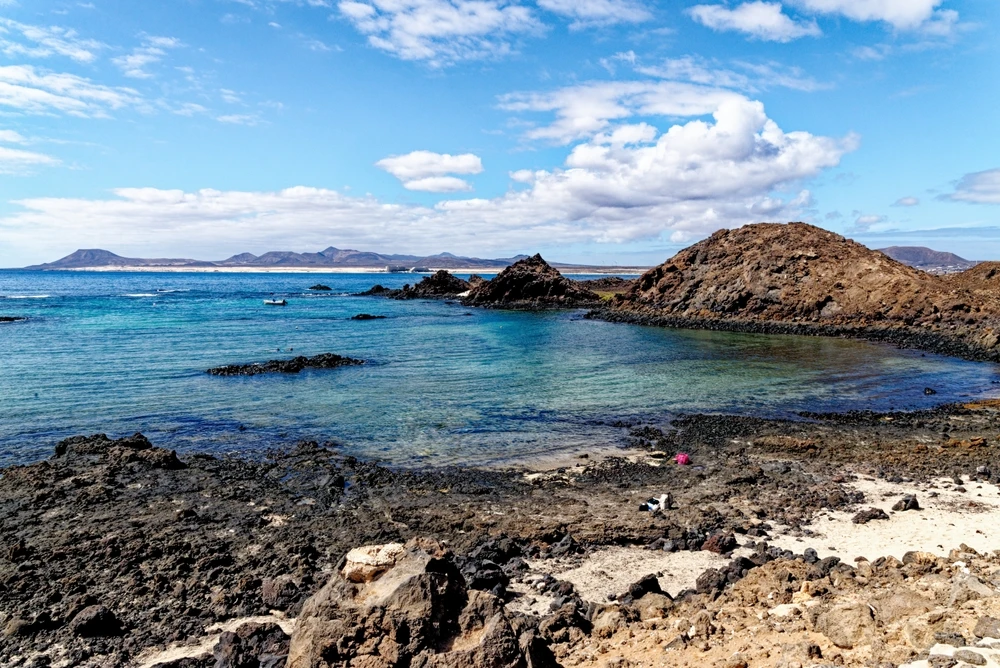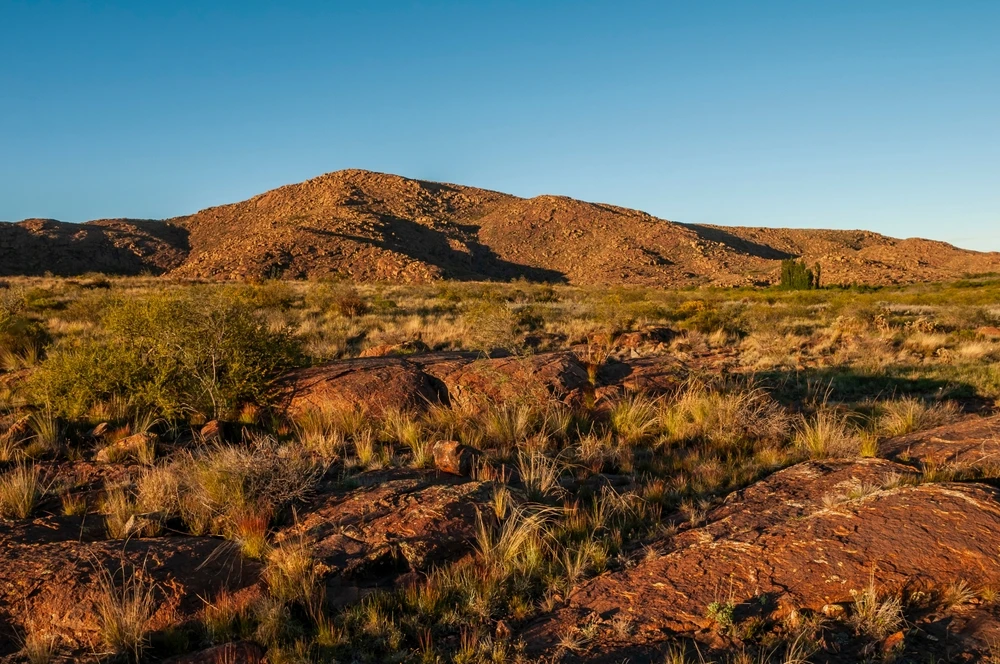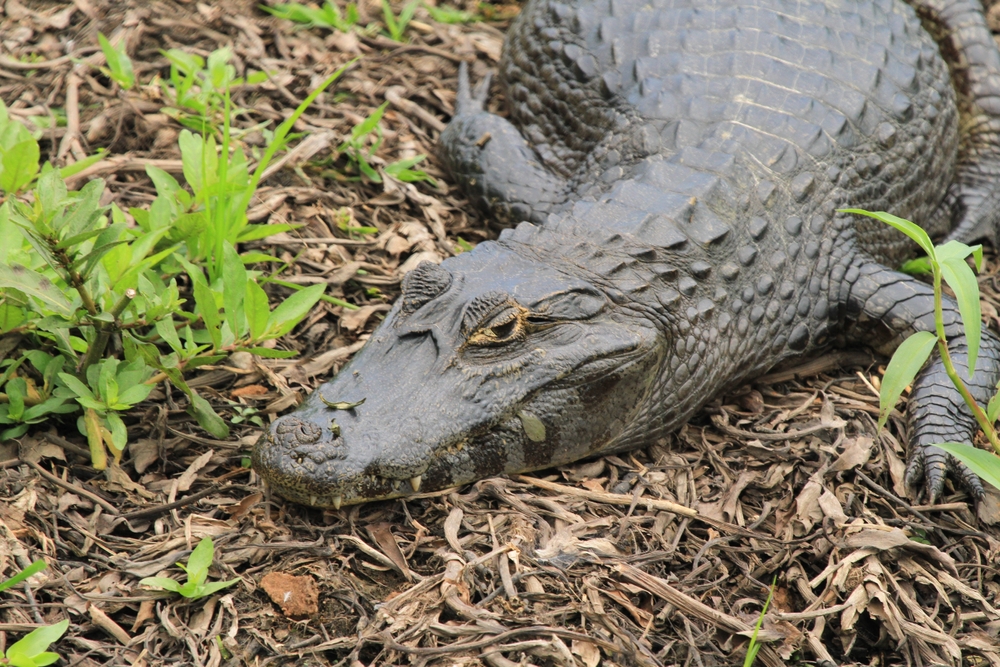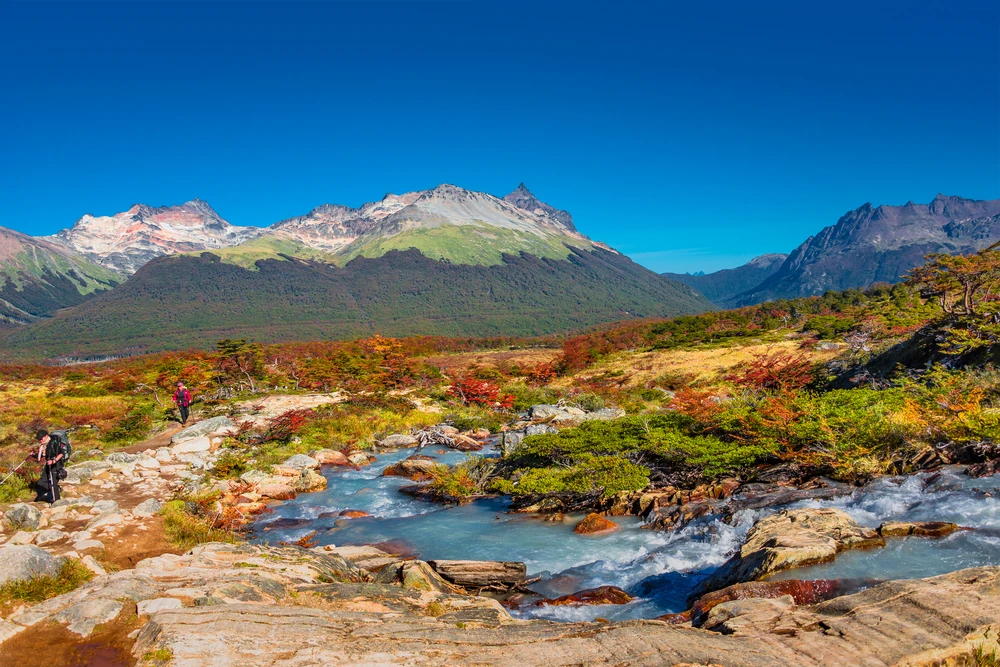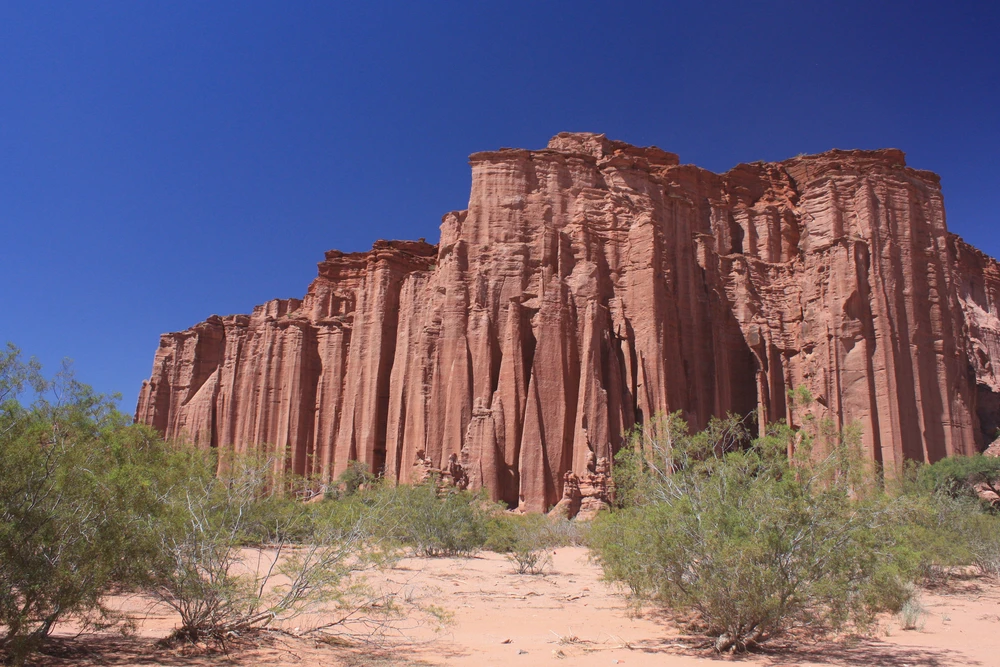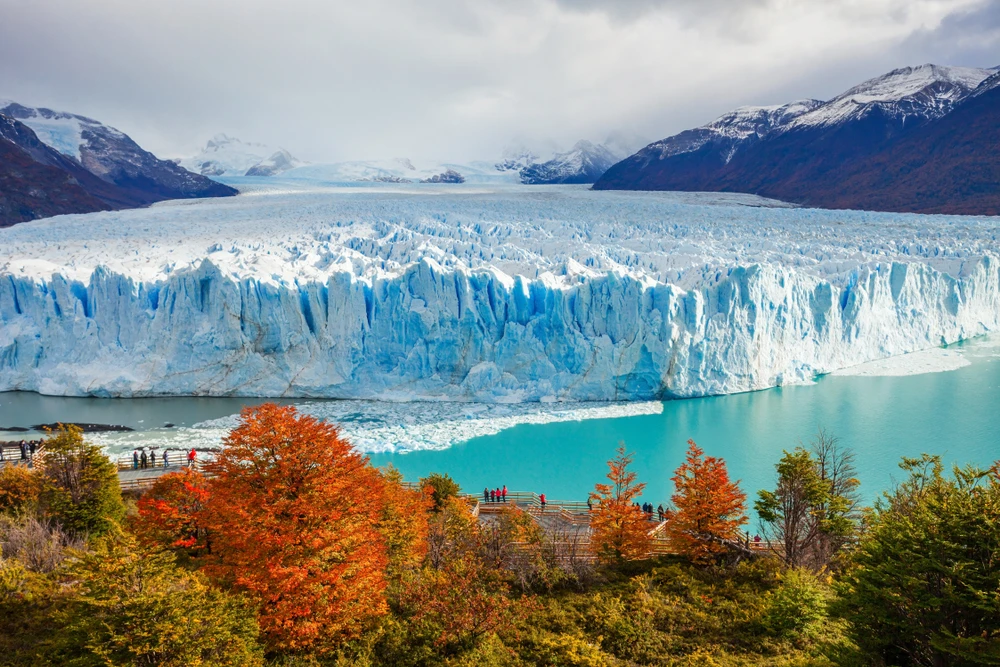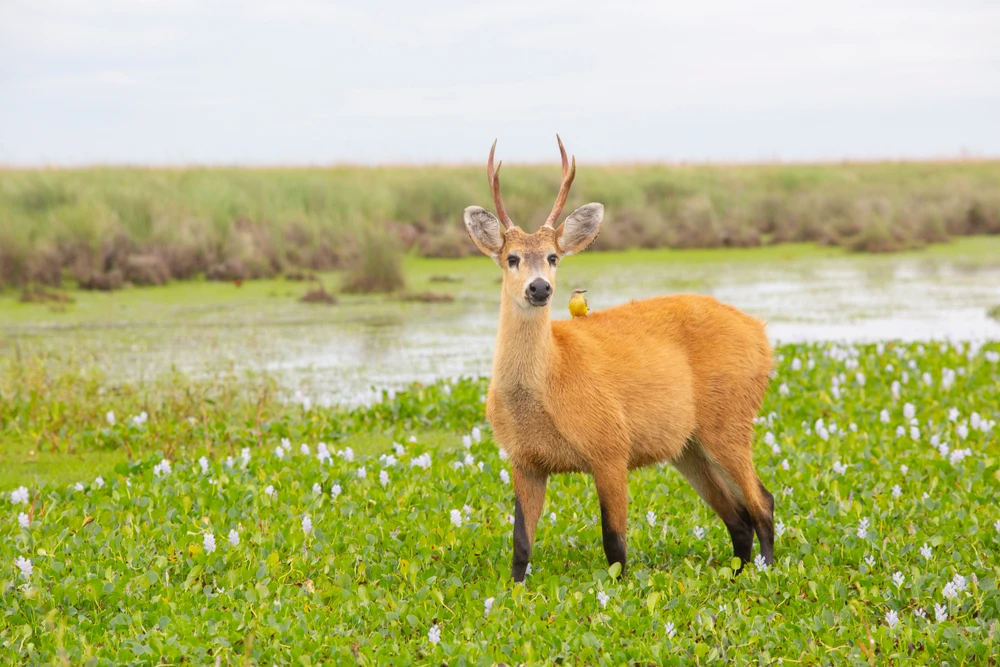Predelta Overview
Predelta National Park, or Parque Nacional Predelta in Spanish, is a protected area in Argentina that spans approximately 33.2 square miles (86 square kilometers). Located in the province of Entre Ríos, near the city of Diamante, the park sits at the beginning of the Paraná River Delta, an important wetland ecosystem.
This region is characterized by a dynamic landscape of islands, lagoons, river channels, and marshes, which shift over time due to sediment deposition from the Paraná River. The park’s vegetation is primarily composed of riparian forests, wetlands, and grasslands, with an abundance of native trees such as willows, alders, and ceibos, whose striking red flowers are a notable feature of the park.
The rich and varied habitats of Predelta National Park support a diverse array of wildlife. Among the key mammals found here are the capybara, the world’s largest rodent, along with marsh deer and neotropical otters, both of which rely on the wetland environment.
The park is also home to crab-eating foxes, armadillos, and howler monkeys, which can often be heard calling from the forested areas. The birdlife is especially vibrant, with over 200 species recorded. Notable birds include the rufescent tiger heron, black-necked swan, jabiru stork, and various kingfishers that frequent the waterways. Birds of prey such as the great black hawk and snail kite are often seen soaring above, while smaller songbirds fill the forest with their calls.
One of the park’s main attractions is its vast wetland ecosystem, which creates a haven for birdwatching and wildlife observation. Visitors often explore the park by boat, allowing them to navigate the interconnected channels and lagoons while spotting wildlife along the riverbanks.
Fishing is a common recreational activity in designated areas, as the Paraná River supports a wide variety of fish, including dorado, surubí, and boga. Hiking trails through forested sections offer opportunities for nature walks and photography, while the park’s picnic areas provide scenic spots for visitors to relax and enjoy the tranquil environment.
The best way to experience the park is by taking guided boat tours that reveal the intricacies of the wetland ecosystem. Canoeing and kayaking allow for a more intimate exploration of the waterways, while birdwatching excursions offer excellent chances to spot rare and colorful species.
Interpretive trails provide insights into the region’s biodiversity and conservation efforts, helping visitors appreciate the delicate balance of this wetland environment.
Conservation efforts within Predelta National Park focus on protecting the Paraná Delta’s fragile ecosystem from threats such as deforestation, agricultural expansion, and pollution from human activities upstream.
The park’s status as a protected area has helped preserve key habitats for endangered species and maintain the water quality essential for aquatic life. However, climate change and fluctuating water levels continue to pose challenges, requiring ongoing monitoring and adaptive management strategies. The park has seen success in increasing awareness of wetland conservation and engaging local communities in sustainable practices, ensuring that this vital ecosystem remains intact for future generations.








































































